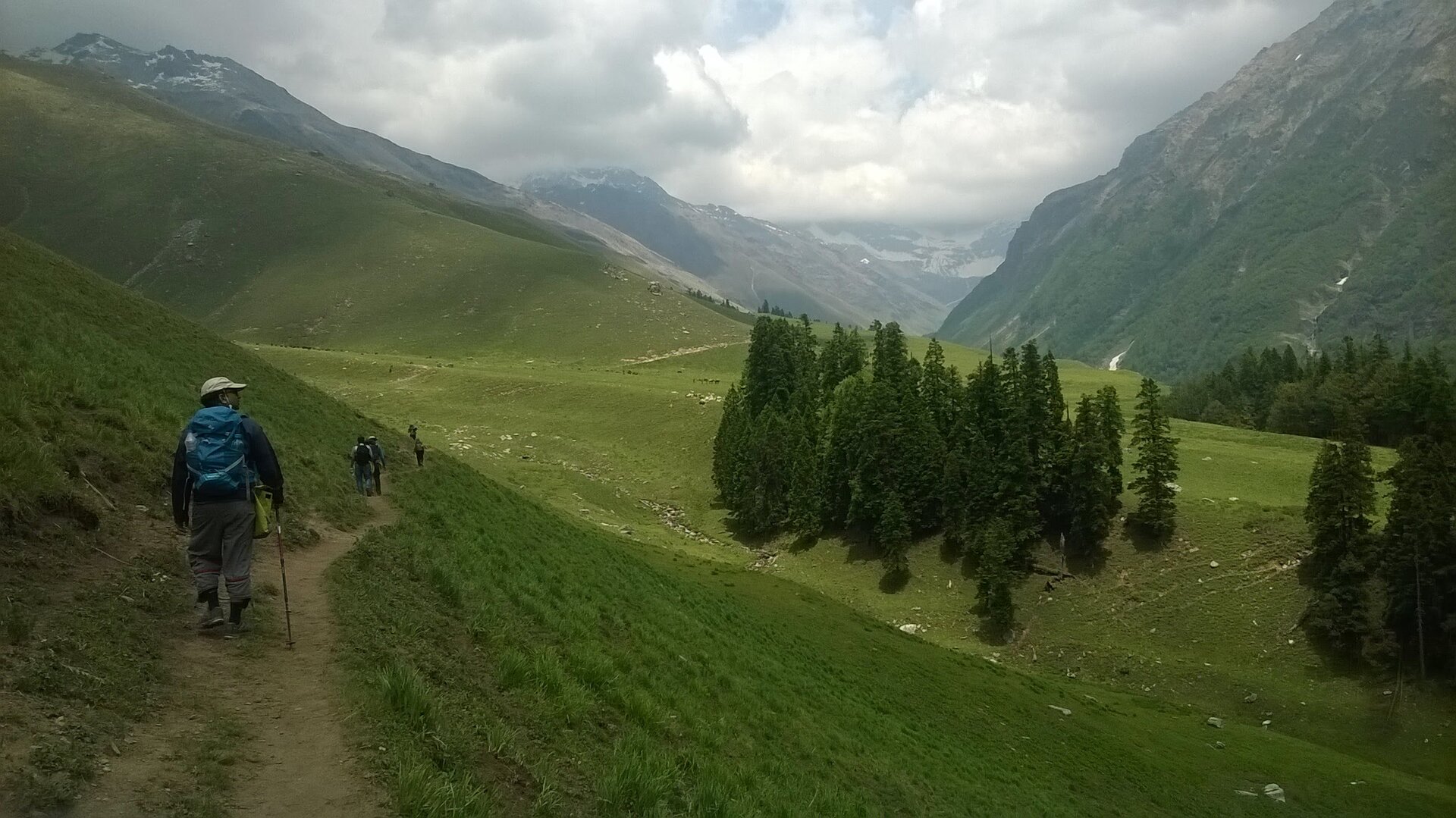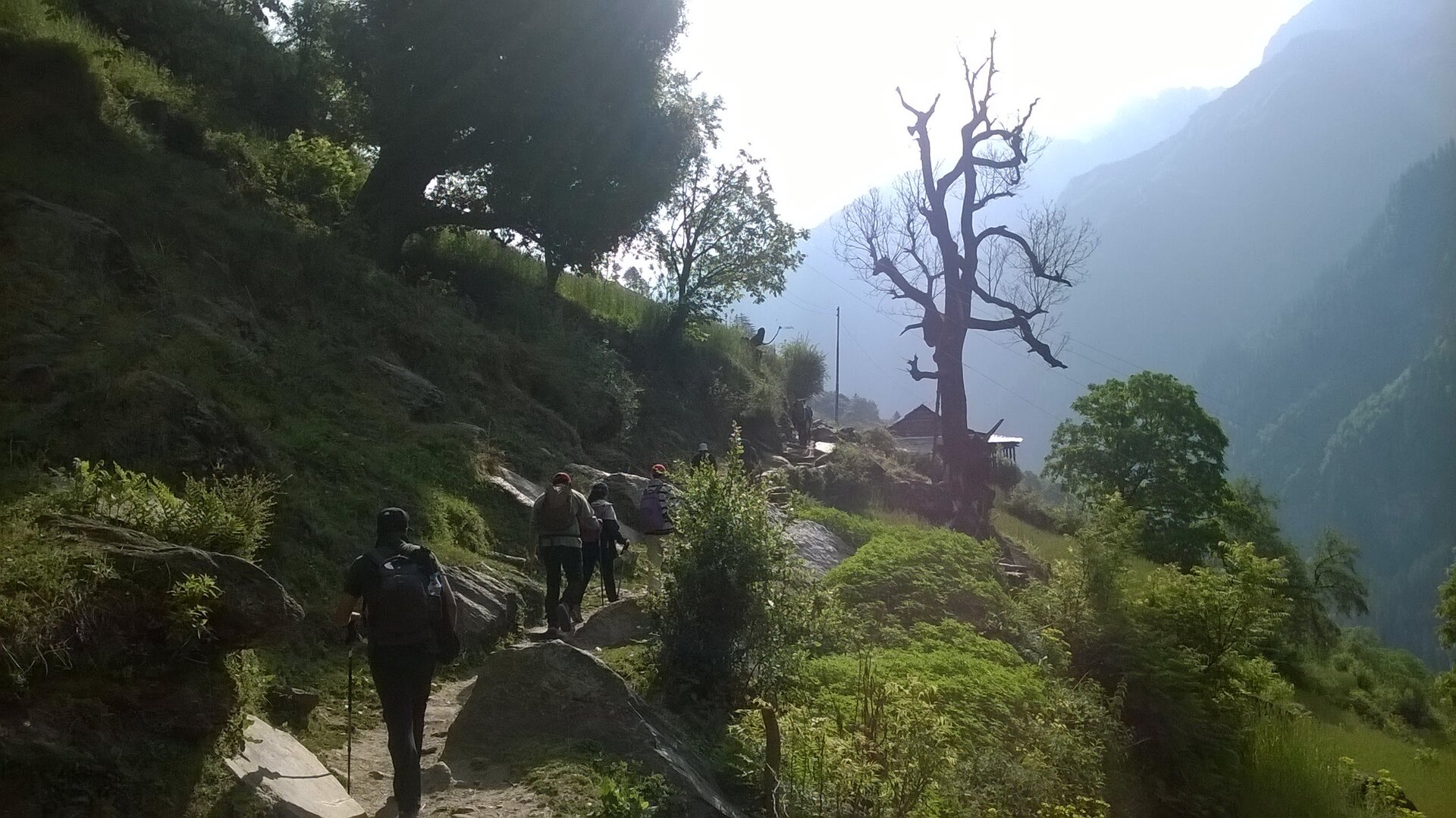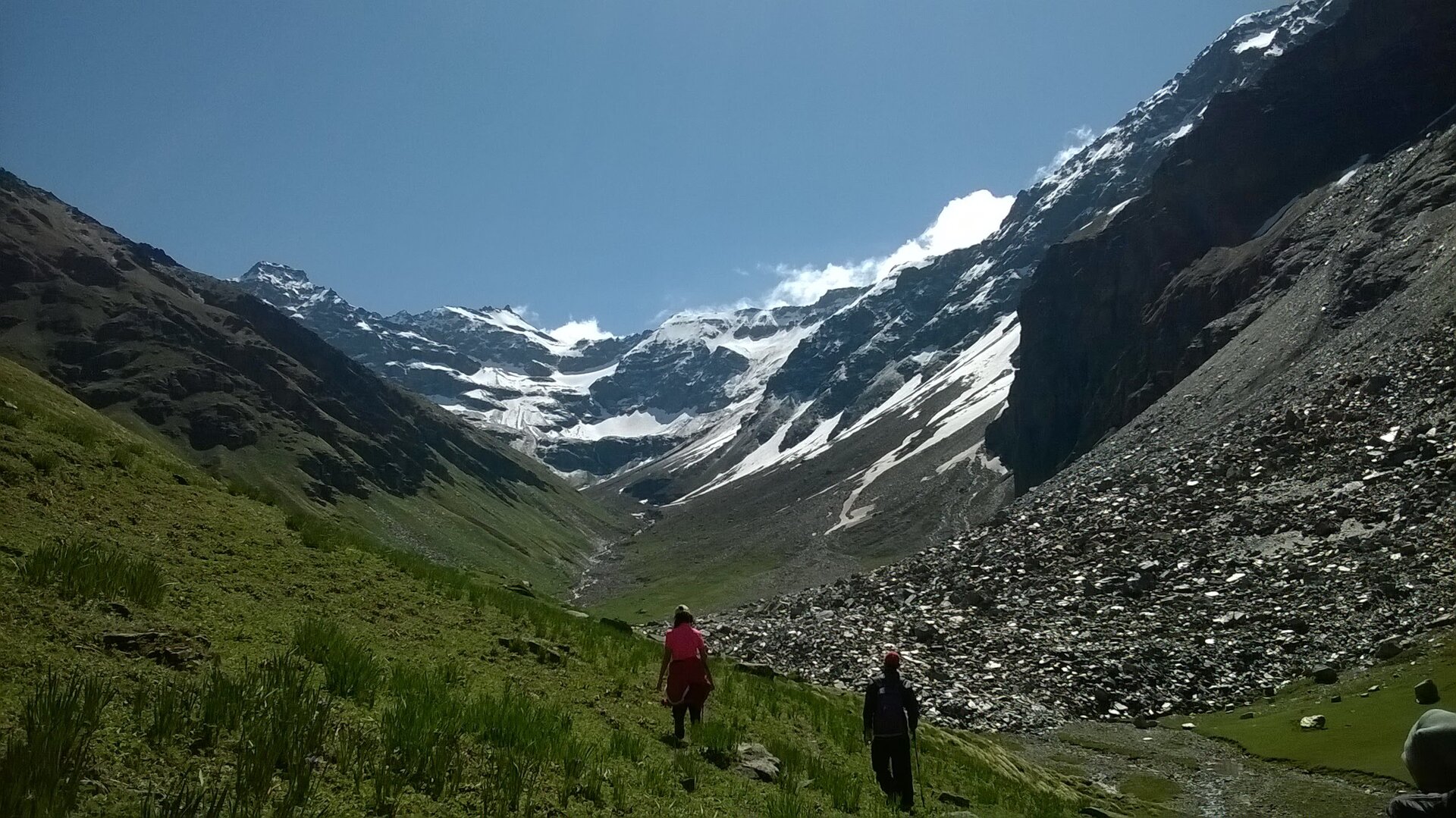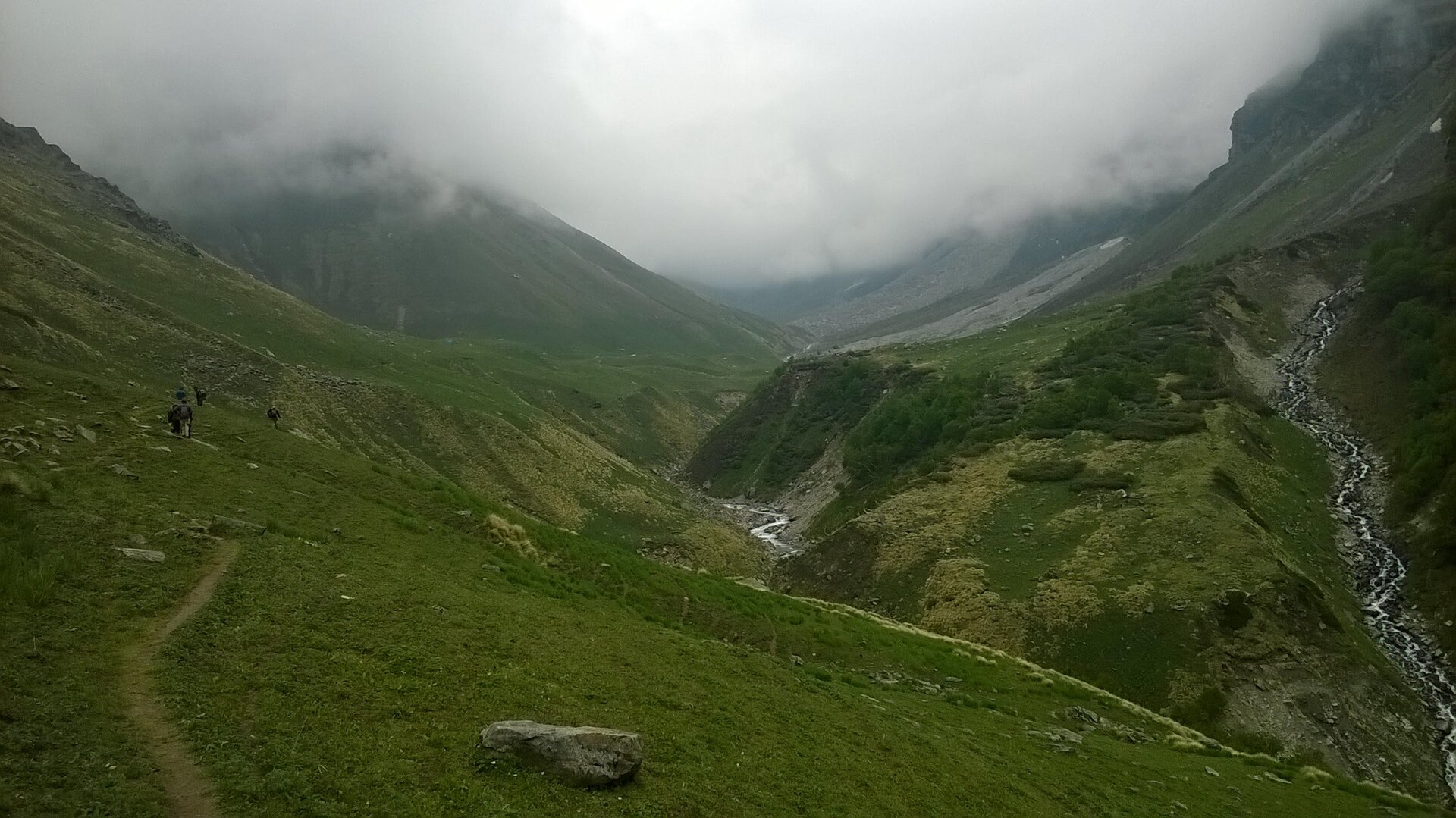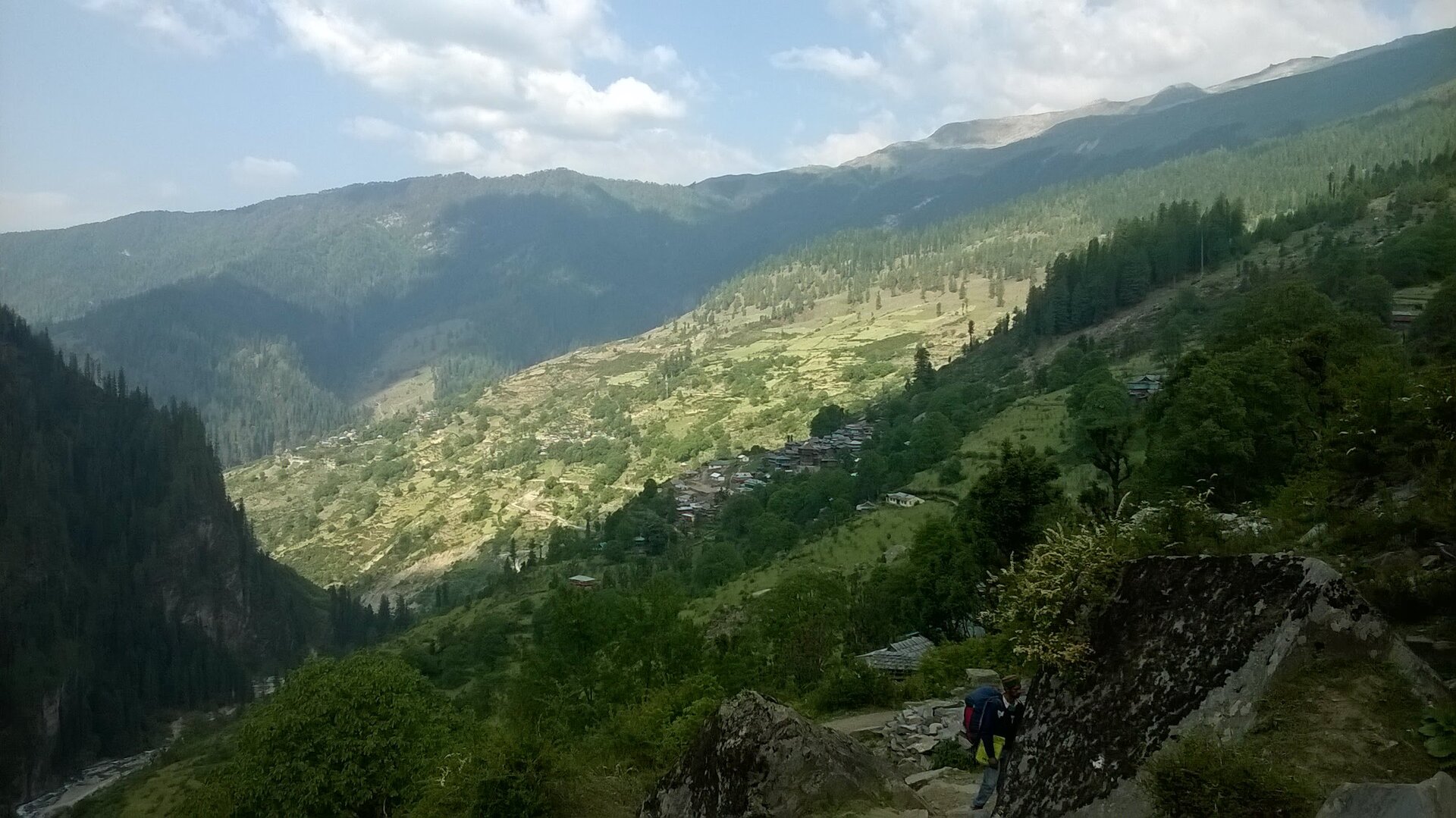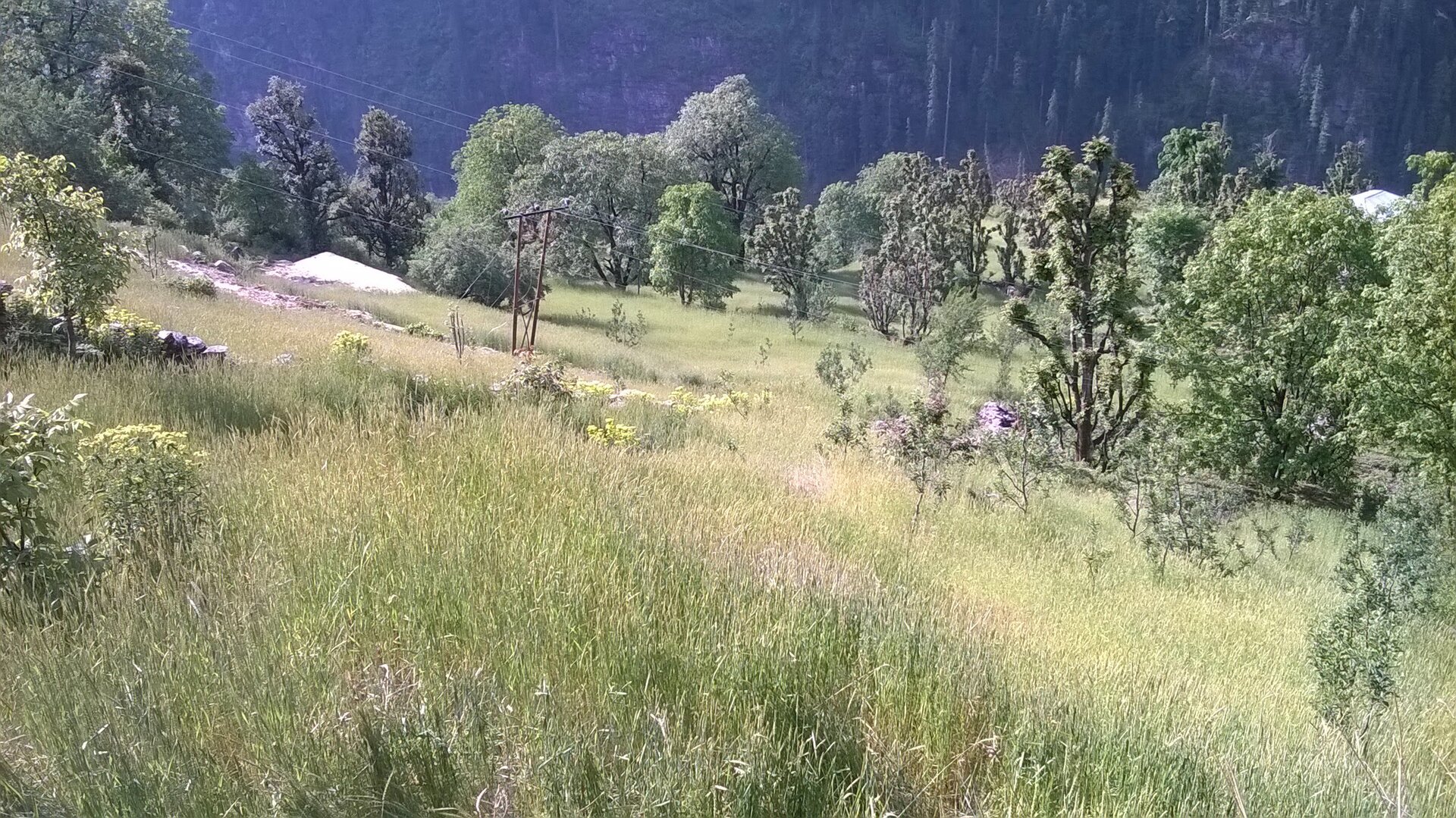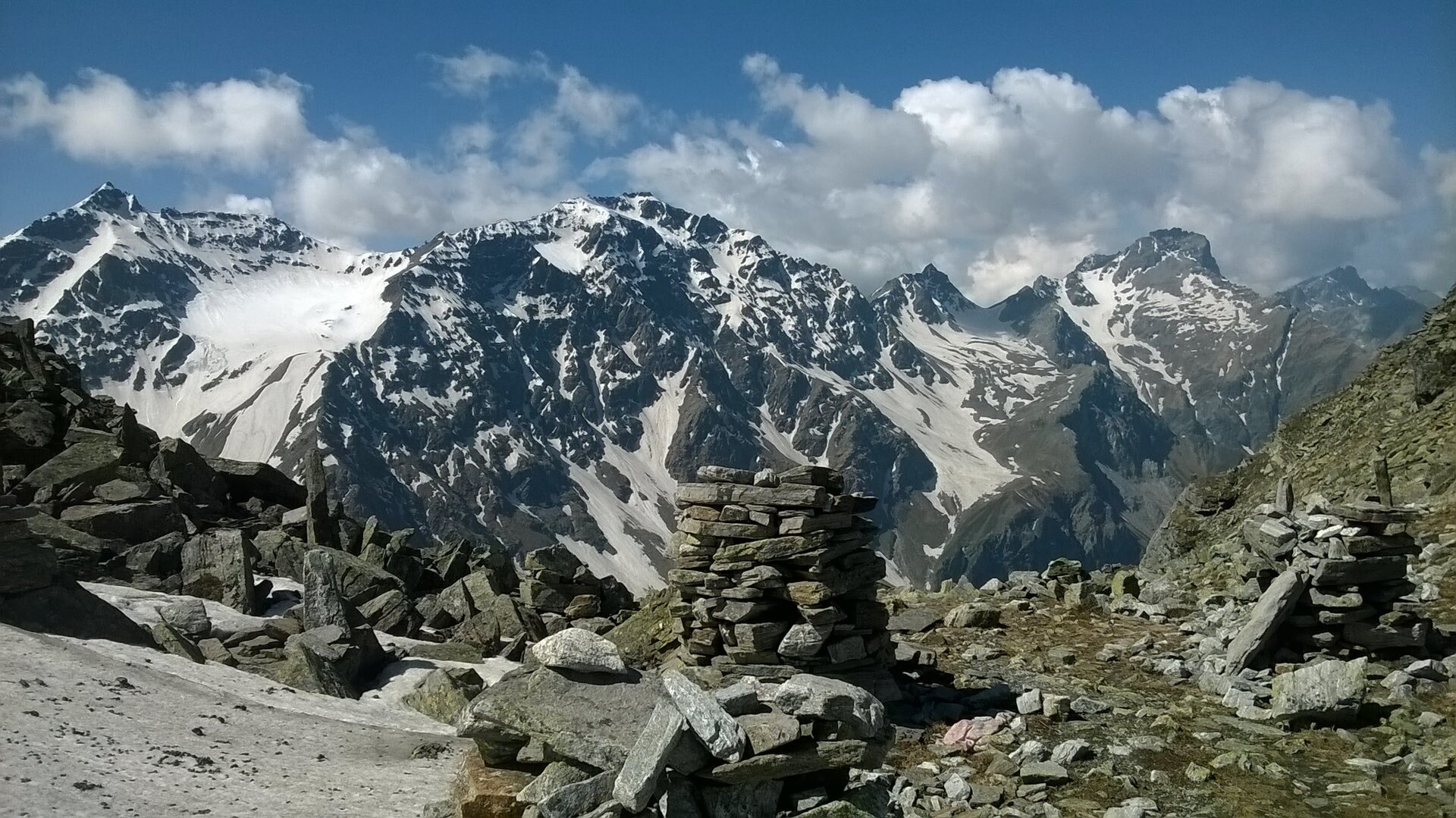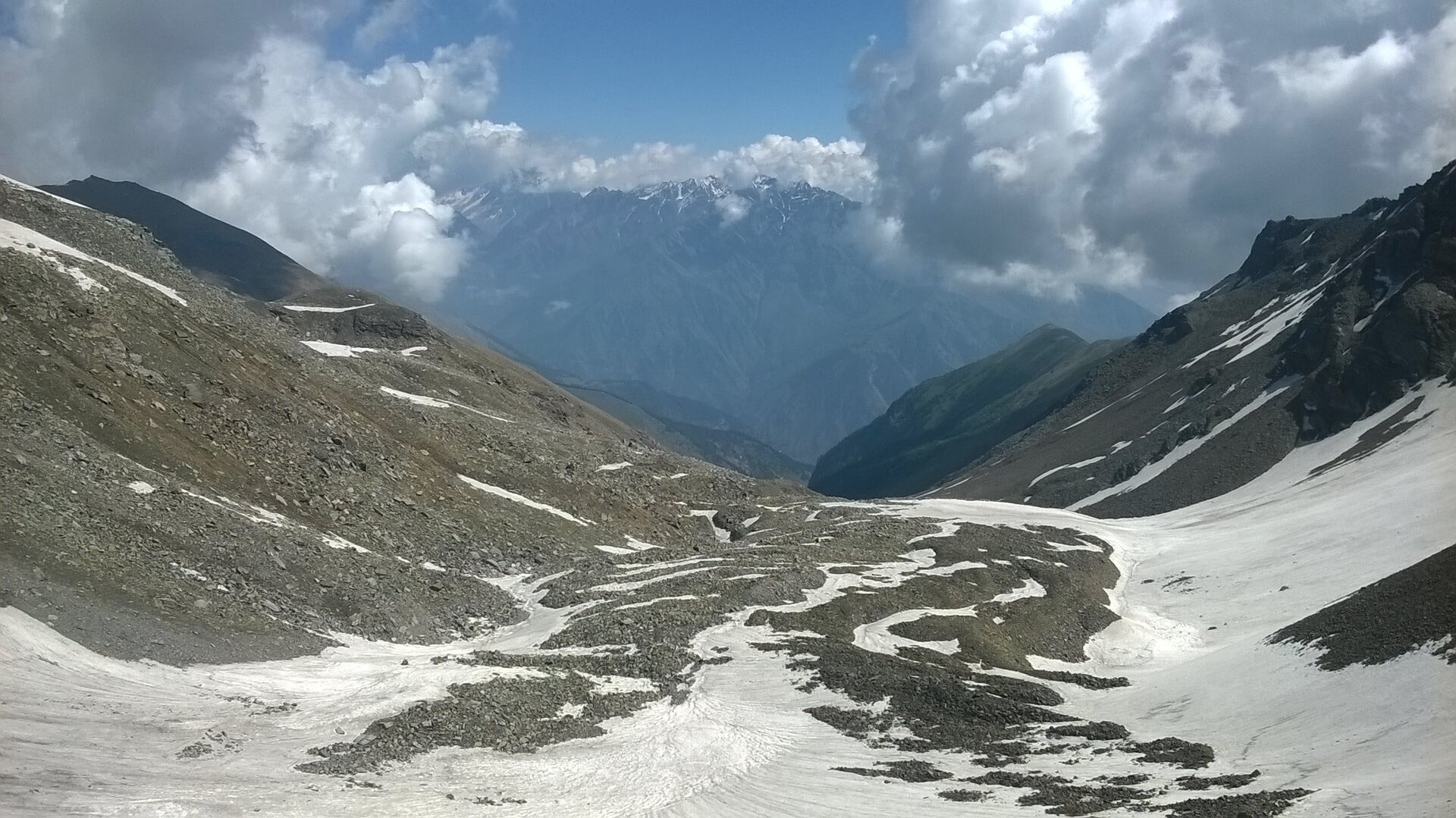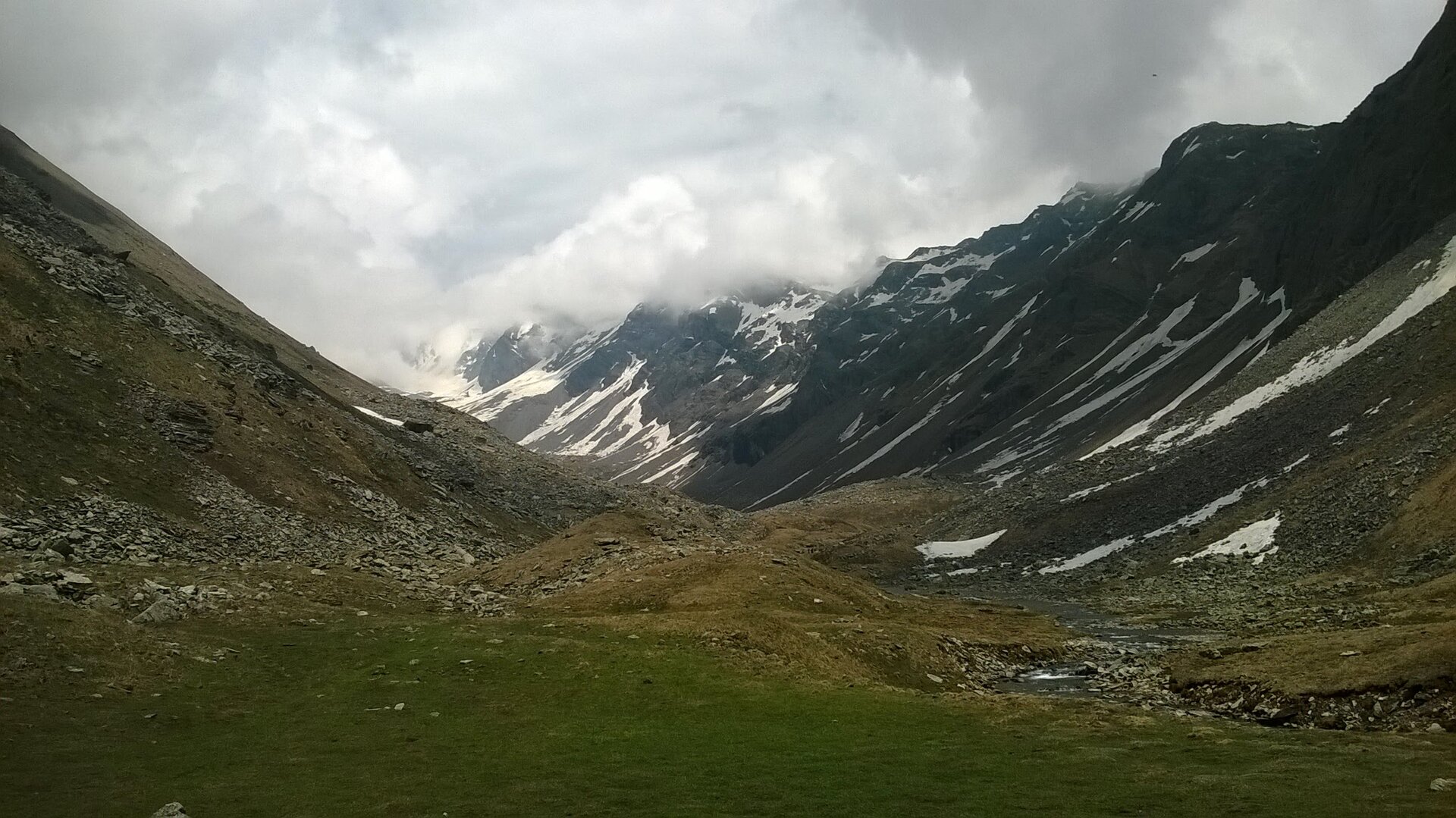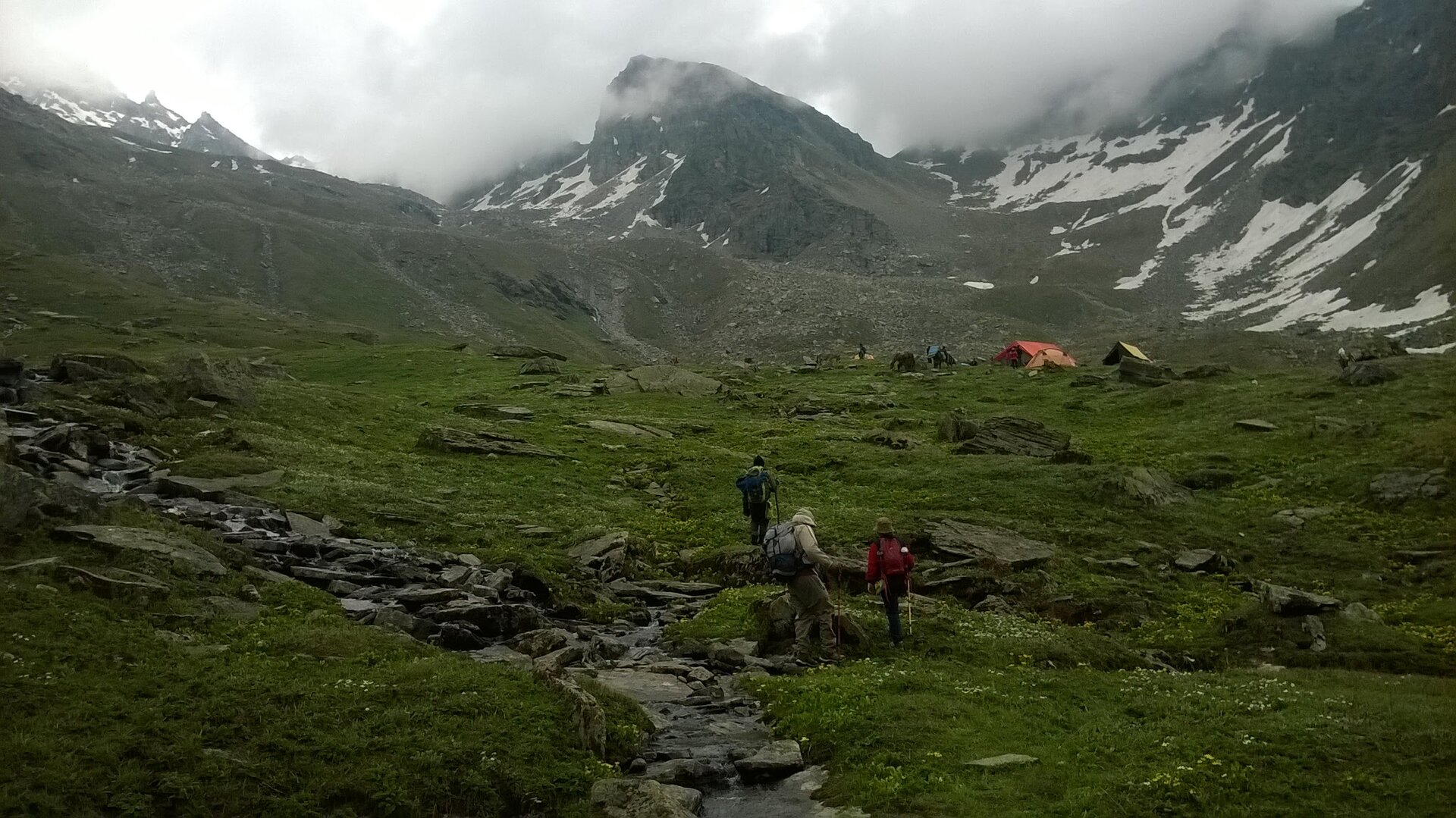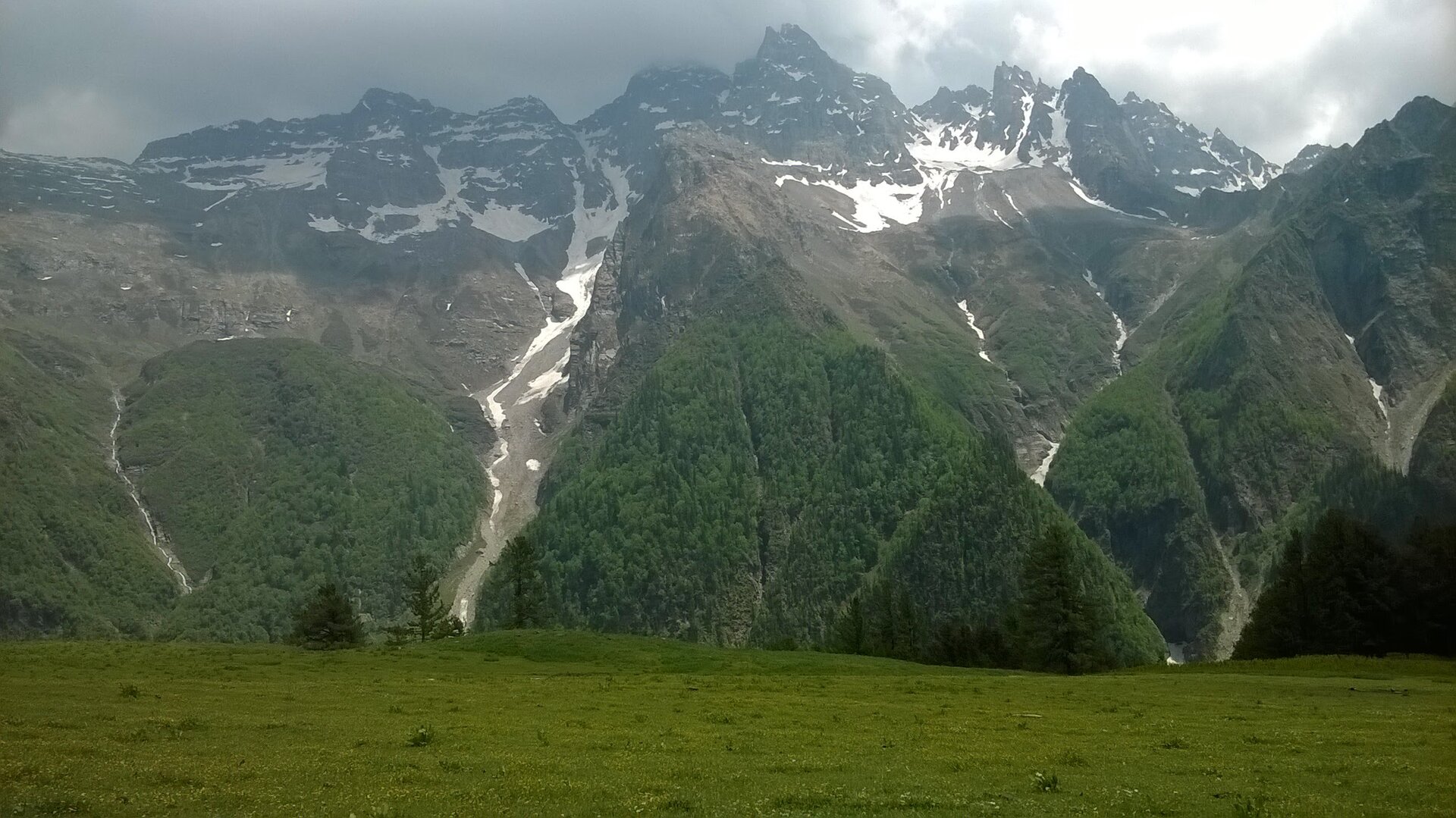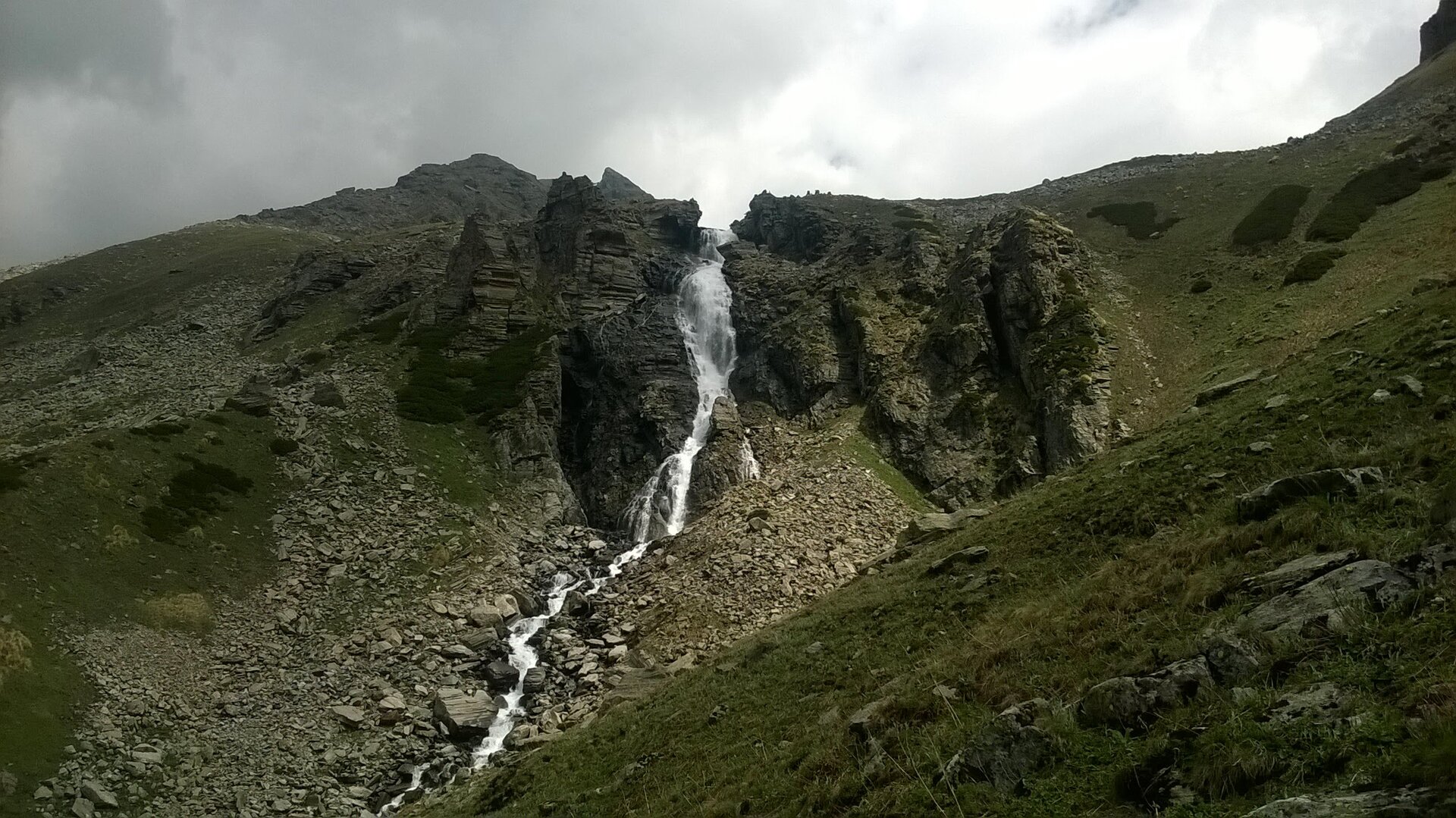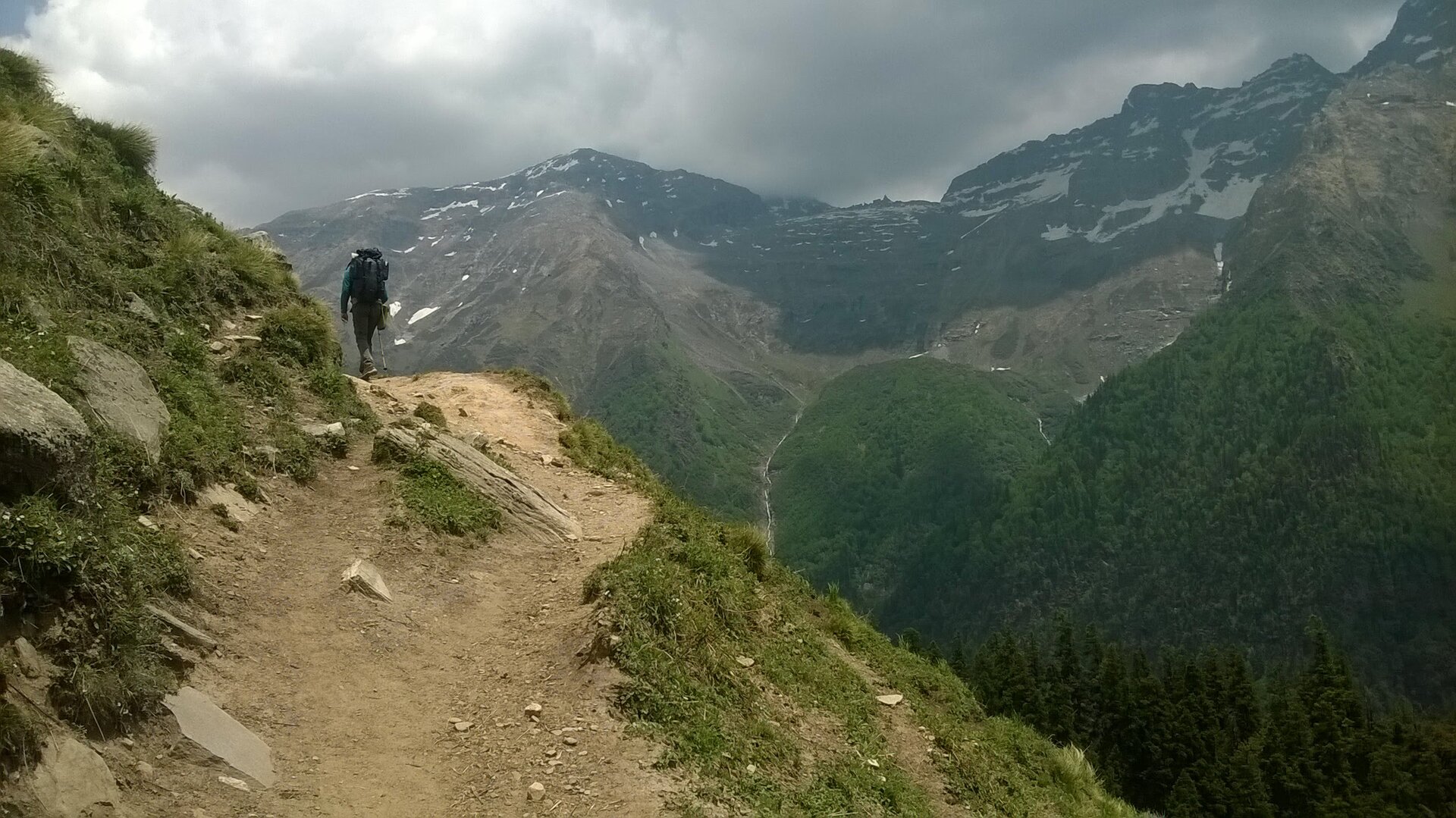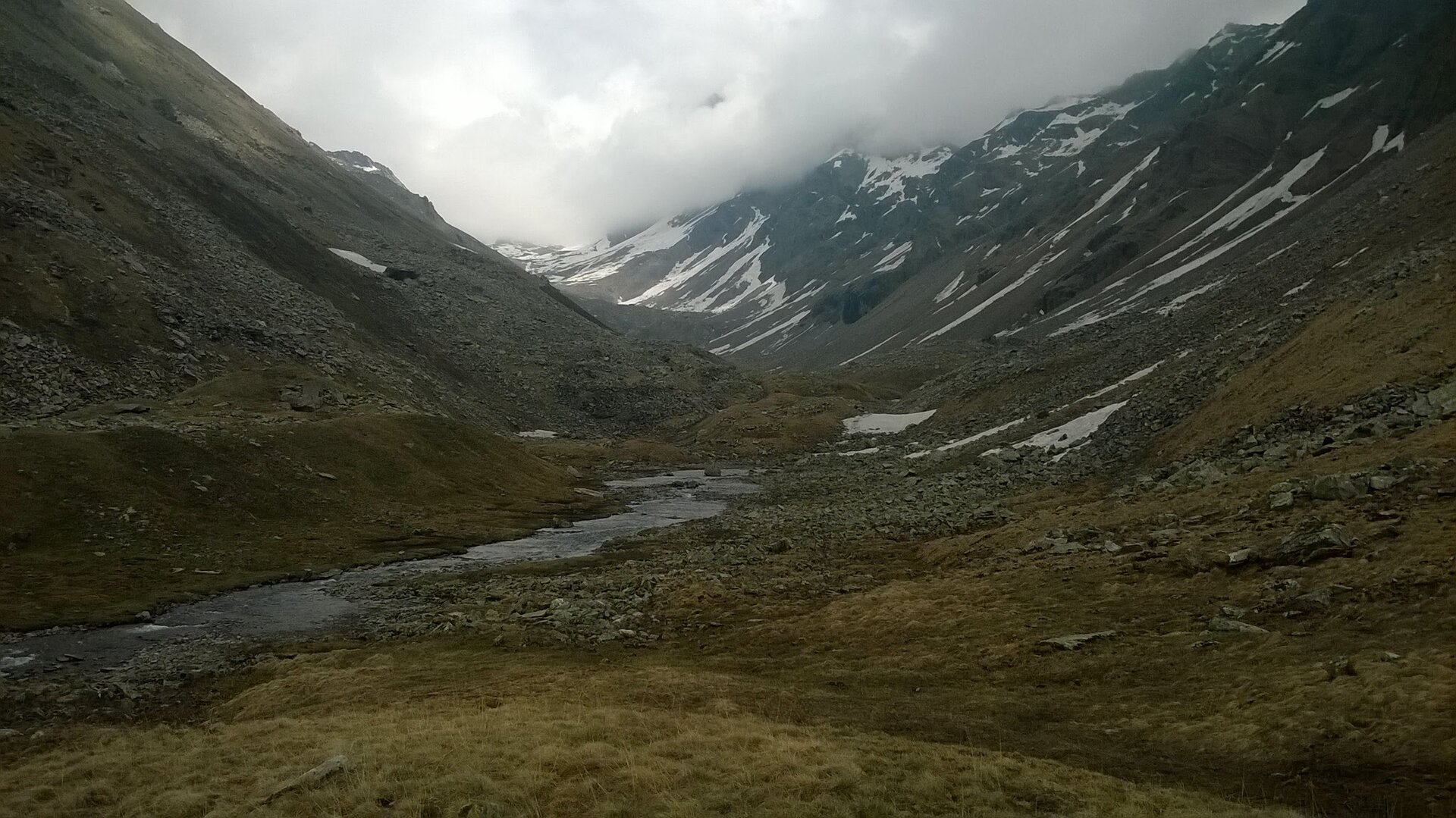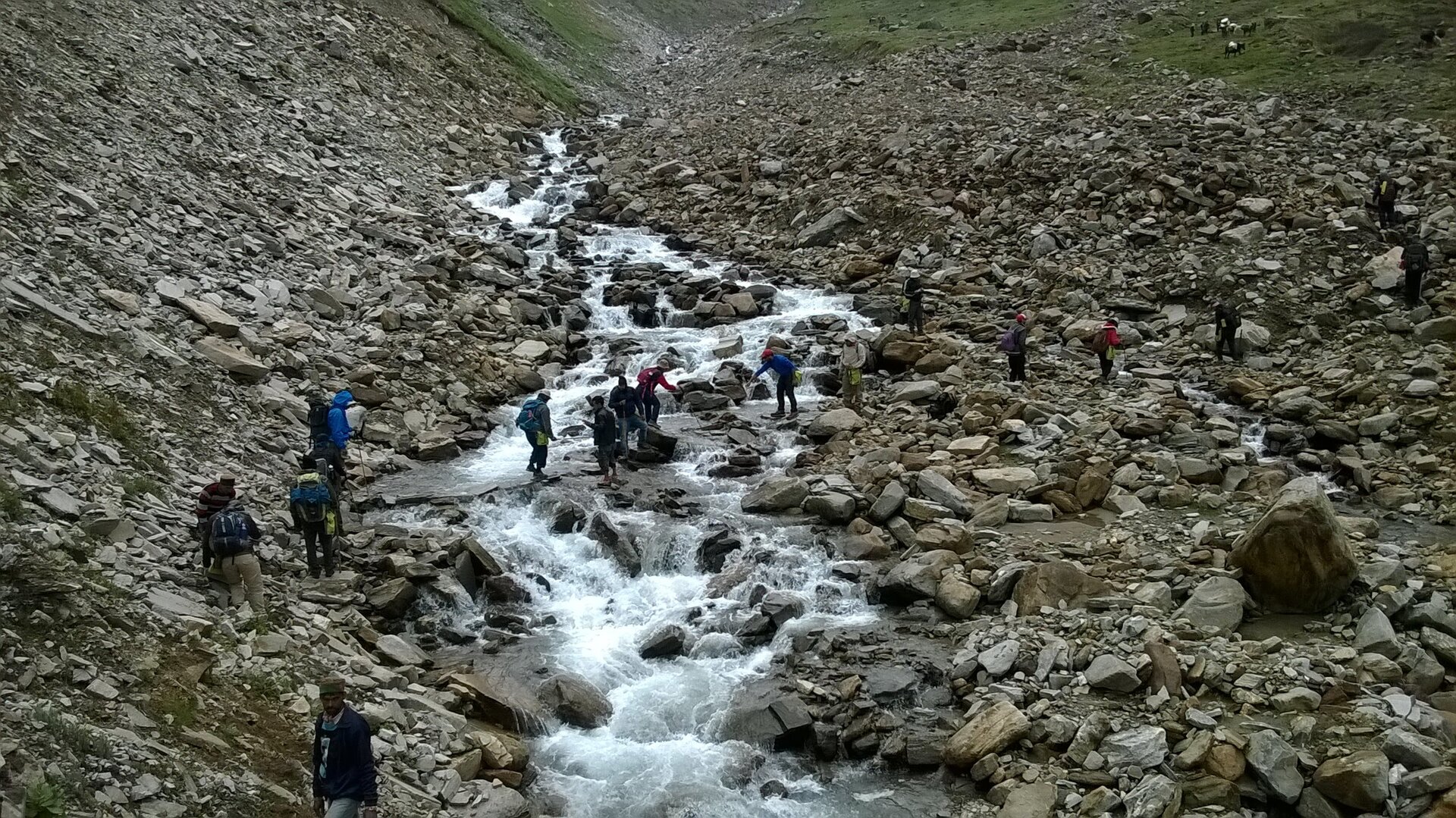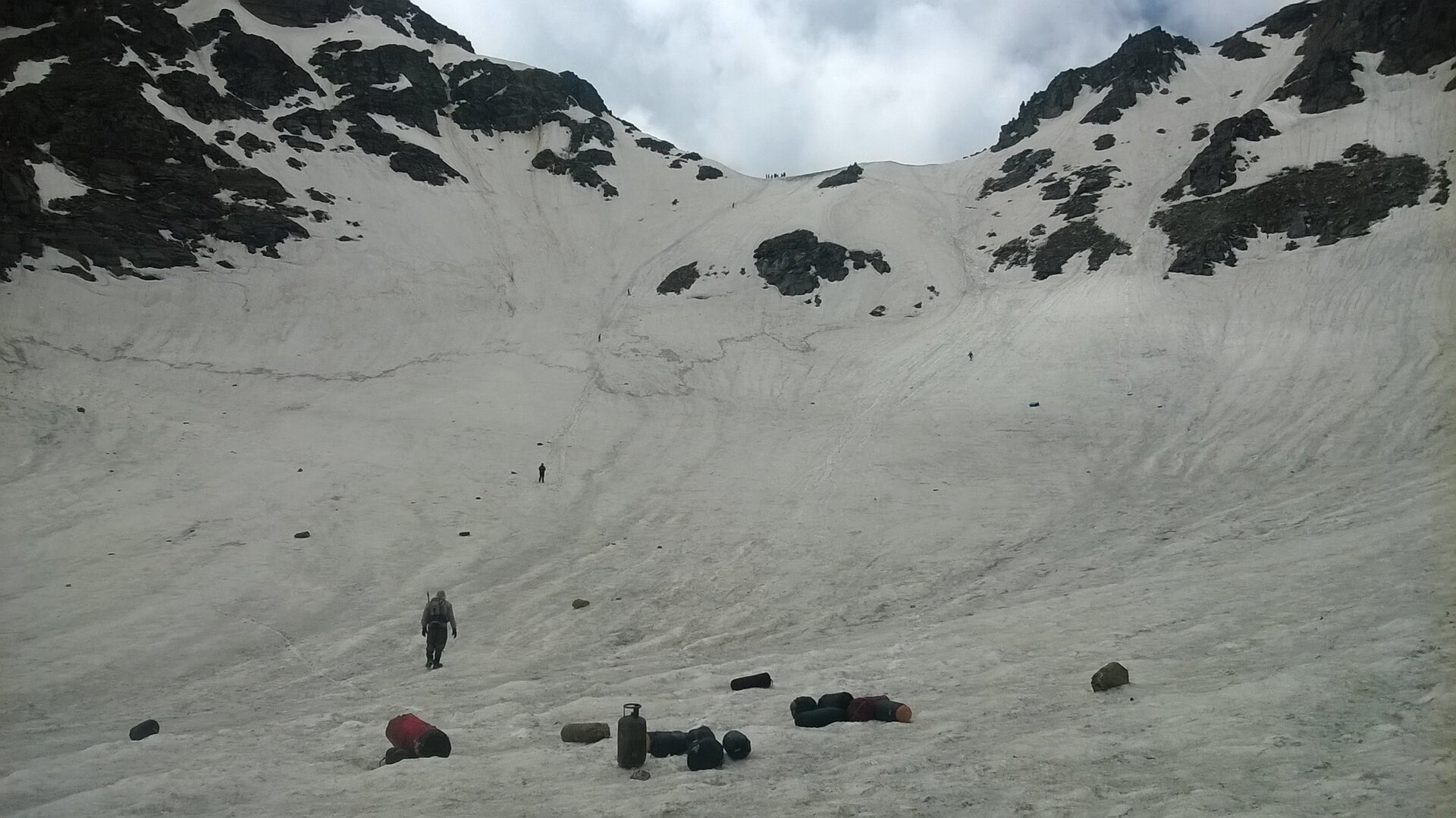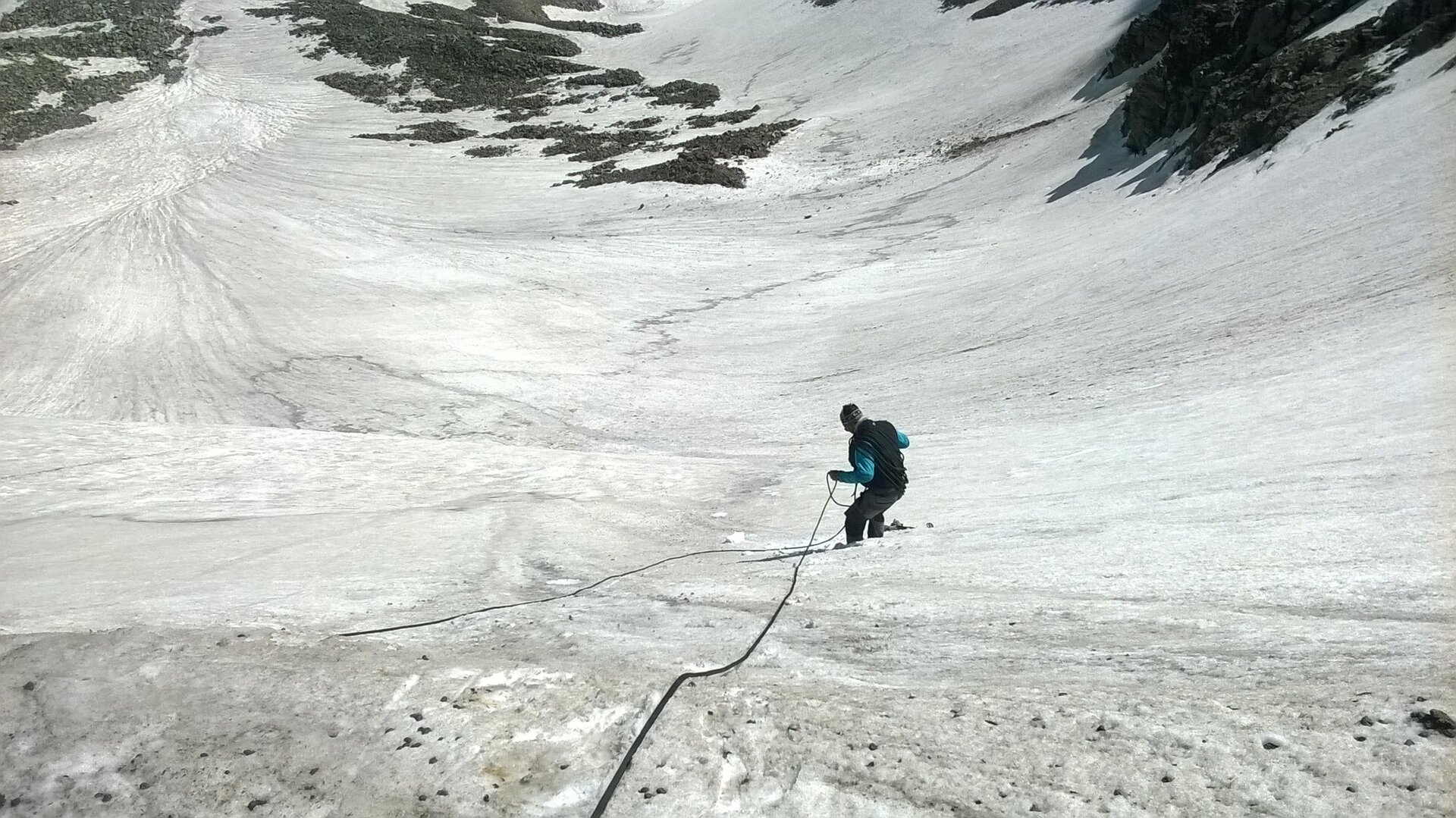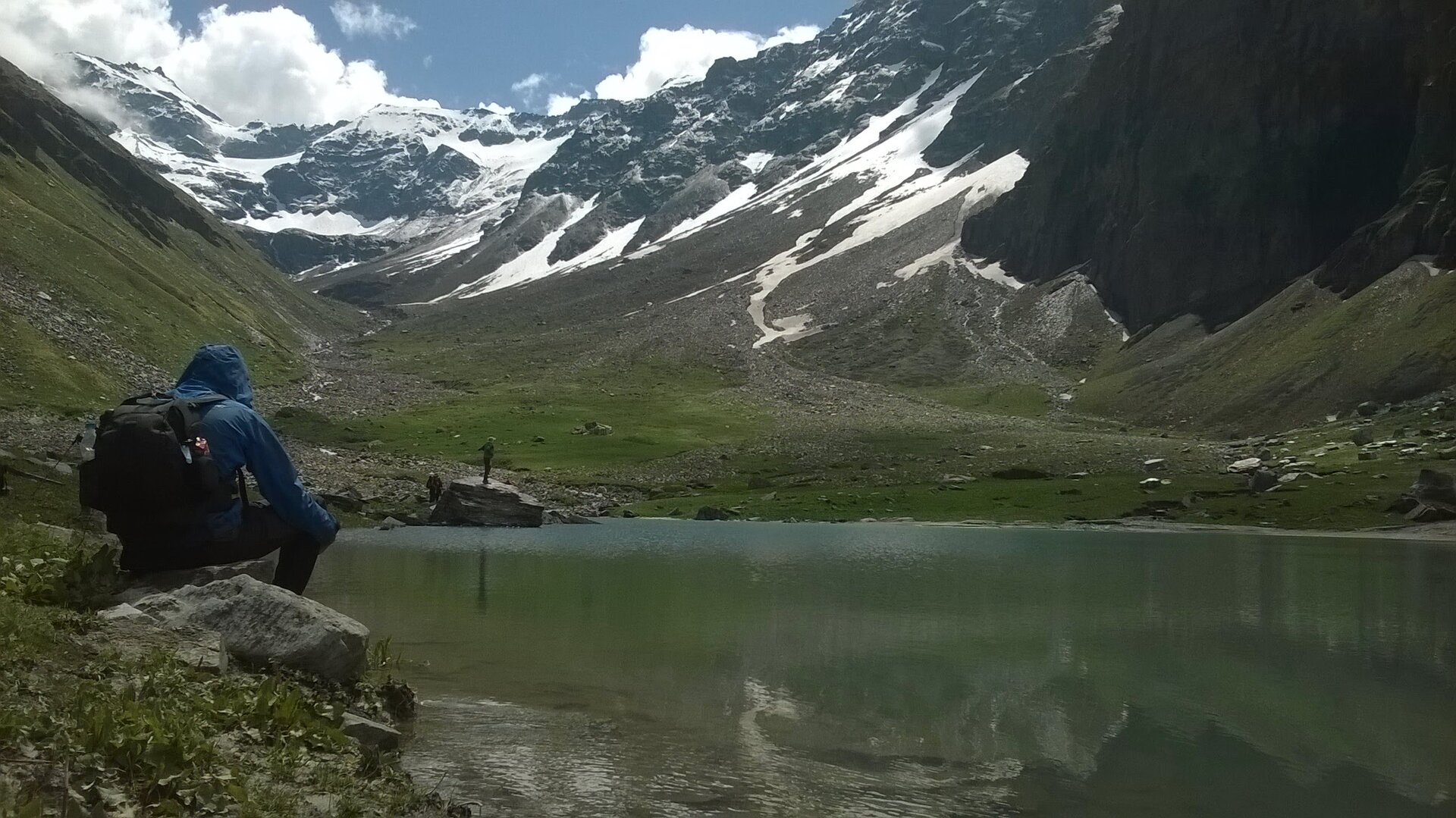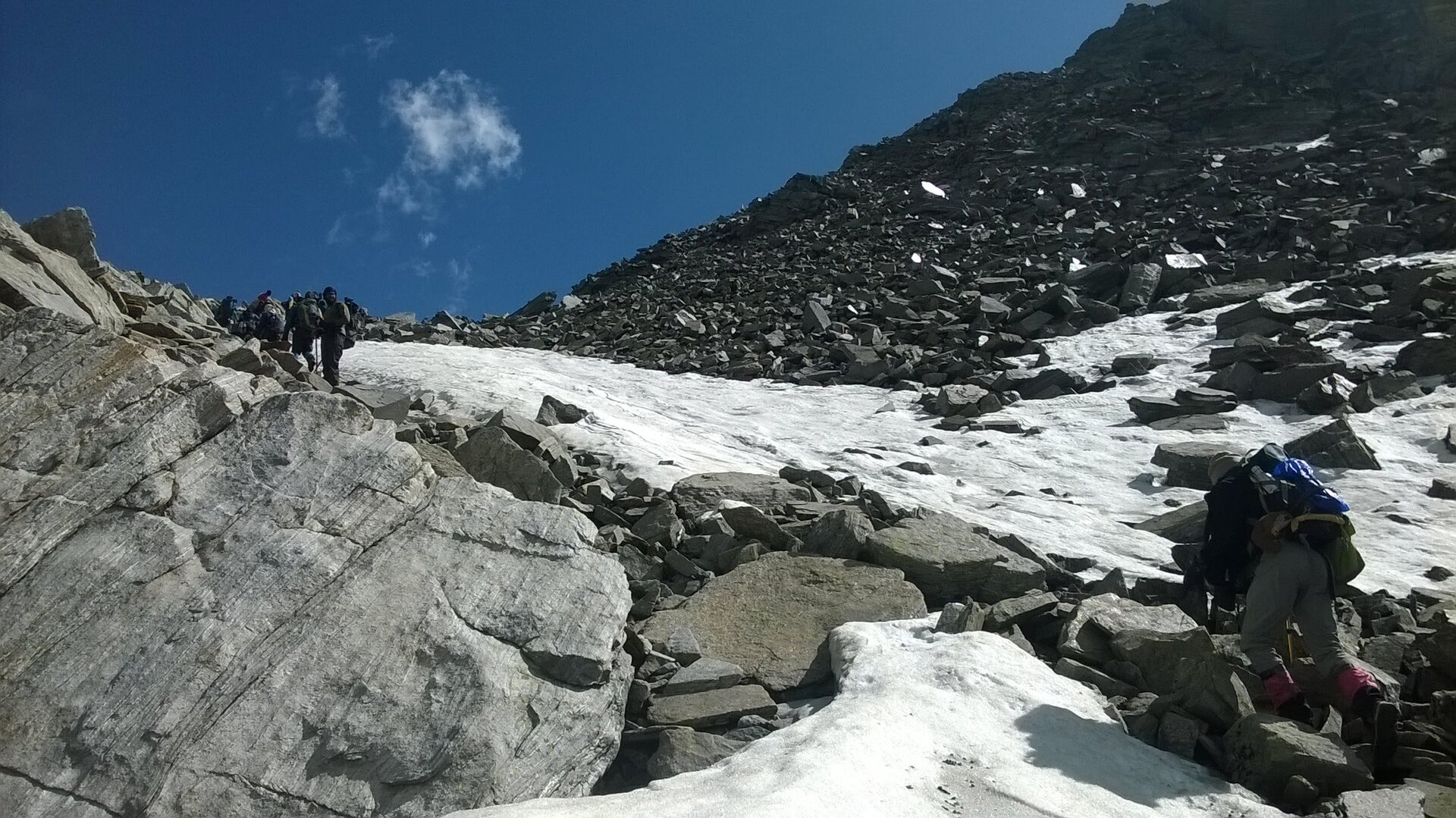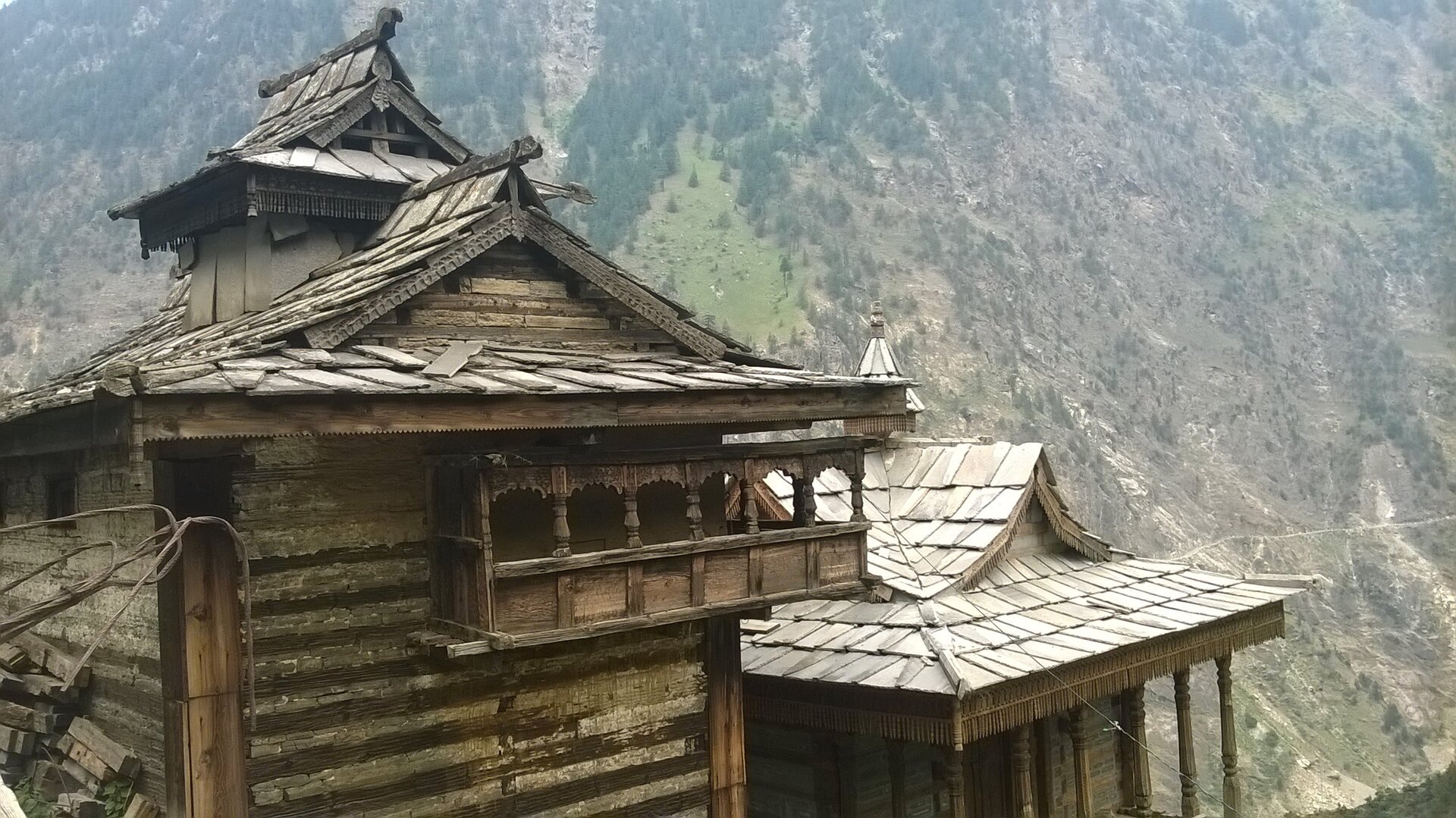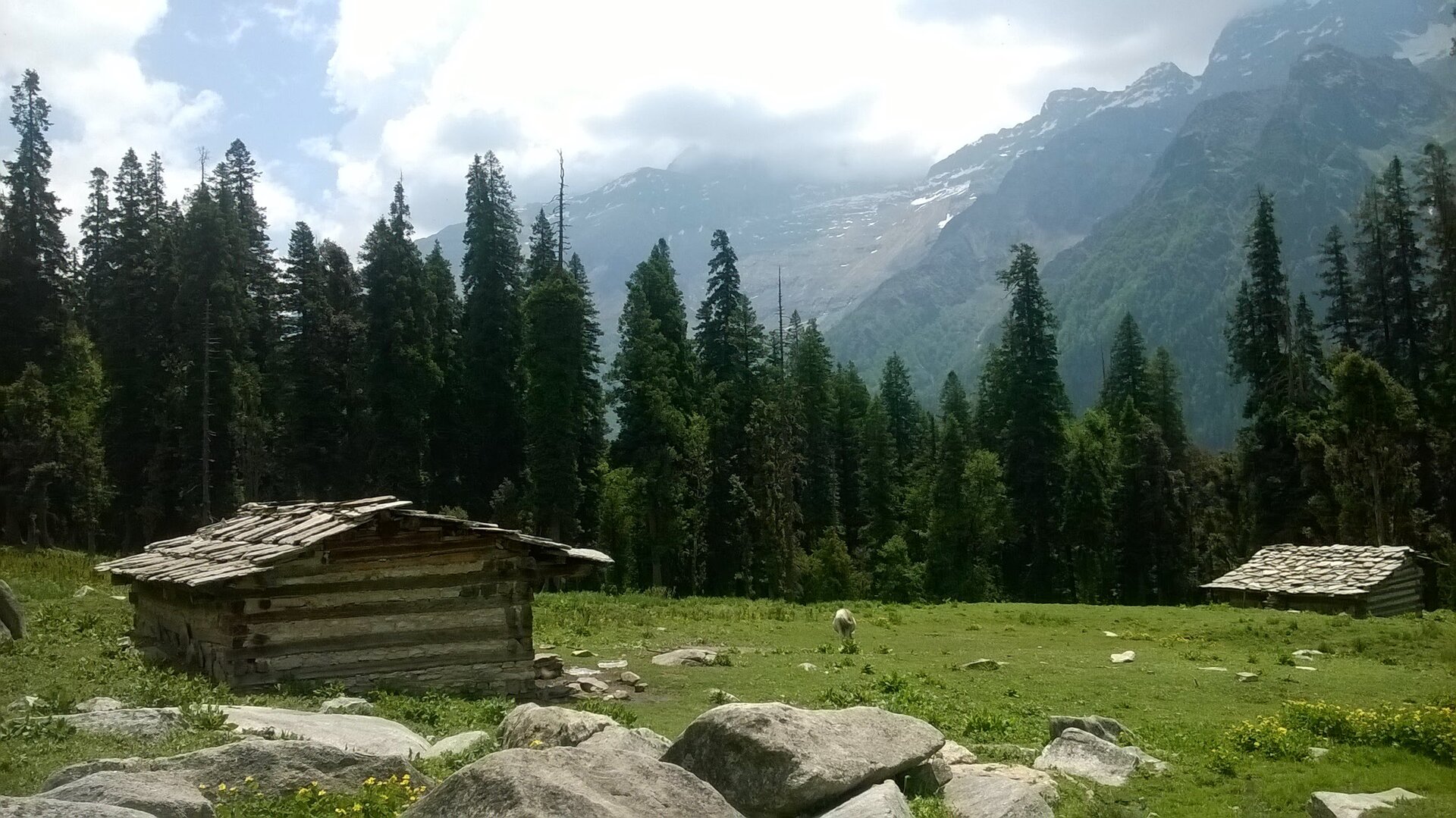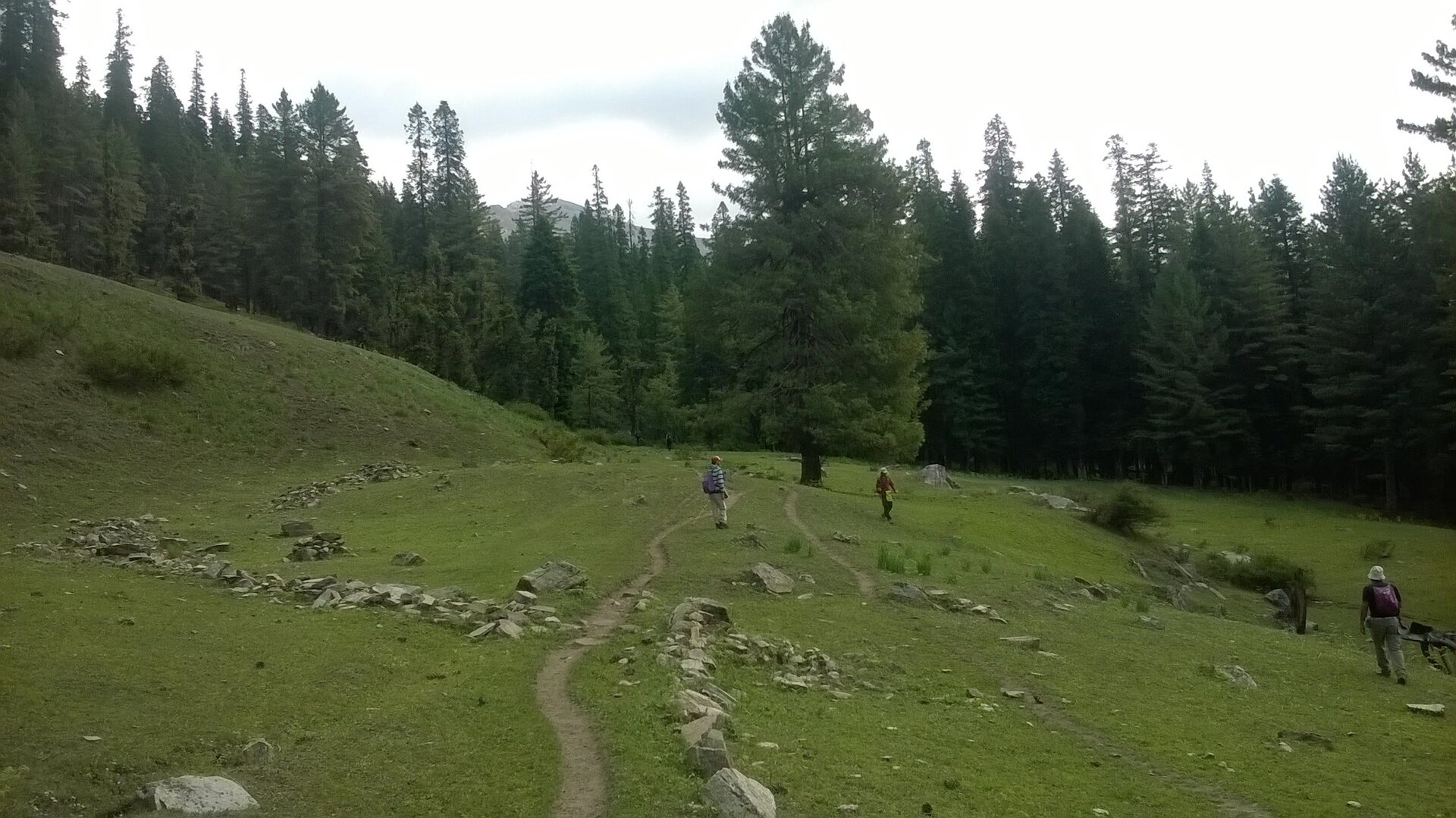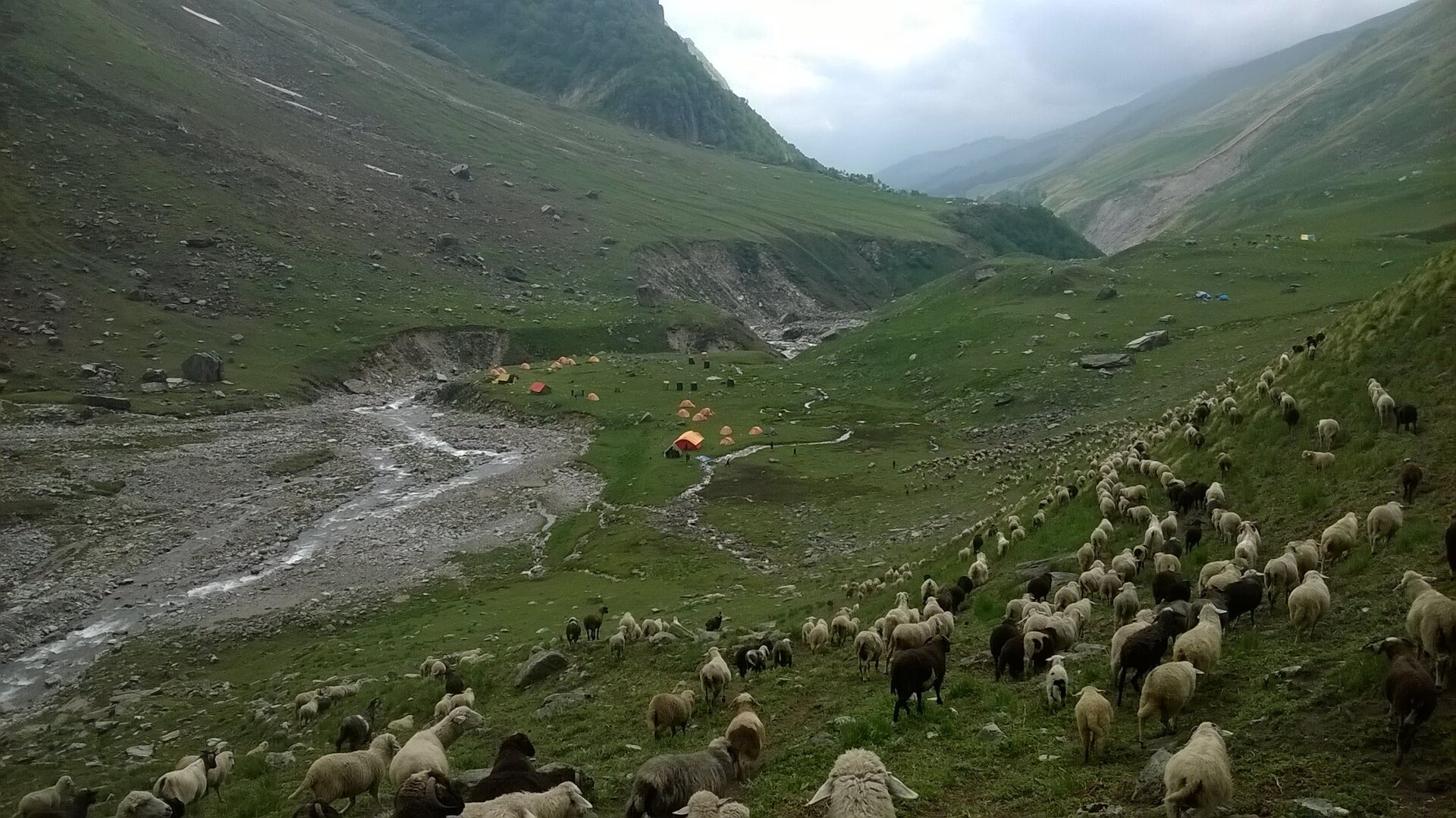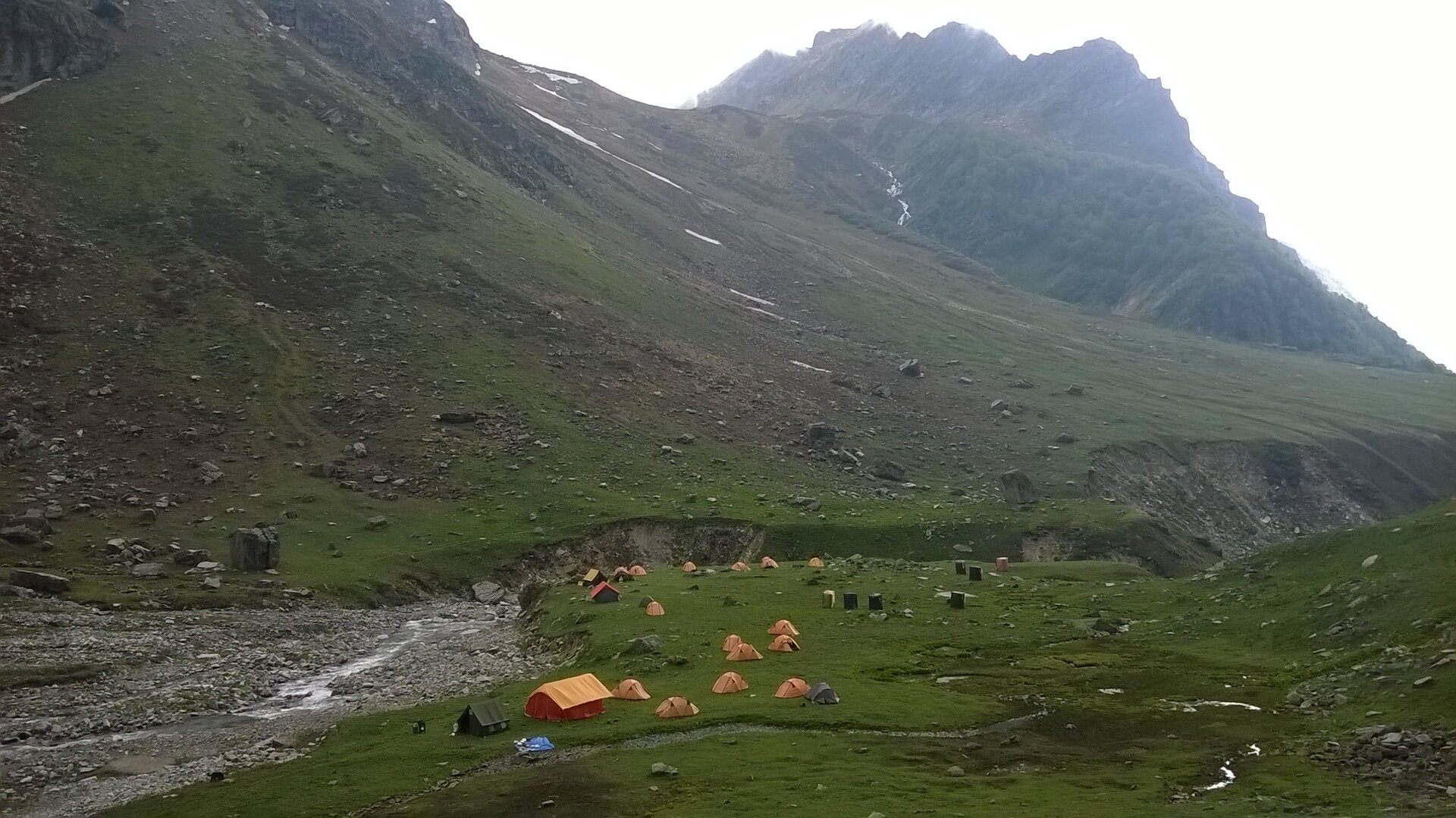✅ Buran Ghati has everything a trekker dreams of — in one trail!
Forests, wildflower meadows, glacial lakes, ancient villages, thrilling snow descents — few treks in India pack so much variety into a single route.
✅ The Buran Pass descent involves rappelling with a rope!
A 400–500 ft snow wall on the pass often requires rope-assisted descent. For many trekkers, this is the most thrilling alpine adventure they’ll experience without technical mountaineering.
✅ You pass through centuries-old Himalayan villages!
Janglik and Baruva still preserve traditional Himachali architecture, slate-roofed wooden houses, and terraced farming — a living heritage few outsiders ever see.
✅ Dayara meadows rival Uttarakhand’s bugyals!
Carpets of alpine flowers like Himalayan iris, blue poppies, and bistorts bloom here, attracting colorful butterflies and even the Himalayan monal in summer.
✅ The trek hides a sacred alpine gem — Chandranahan Lake!
A cluster of seven glacial tarns, Chandranahan is considered the source of the Pabbar River and is worshipped by locals. Snow often lingers here till July.
✅ Buran Ghati is a crossover trek!
You begin in the lush Pabbar Valley of Shimla and descend into the stark yet fertile orchards of Kinnaur, experiencing two distinct Himalayan landscapes in just one journey.
✅ Wildlife thrives here!
Look out for Himalayan snowcocks, yellow-billed choughs circling the cliffs, and if lucky, even the elusive Himalayan fox or goral grazing on high pastures.
